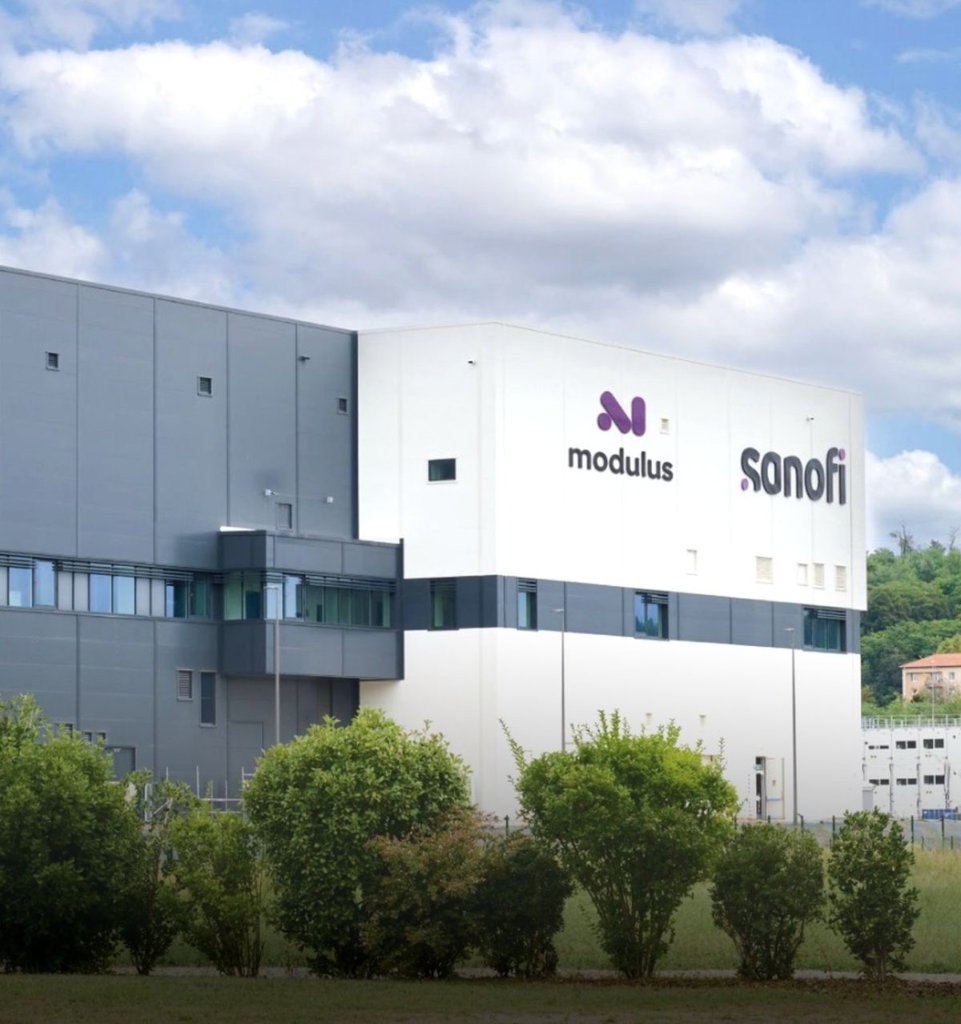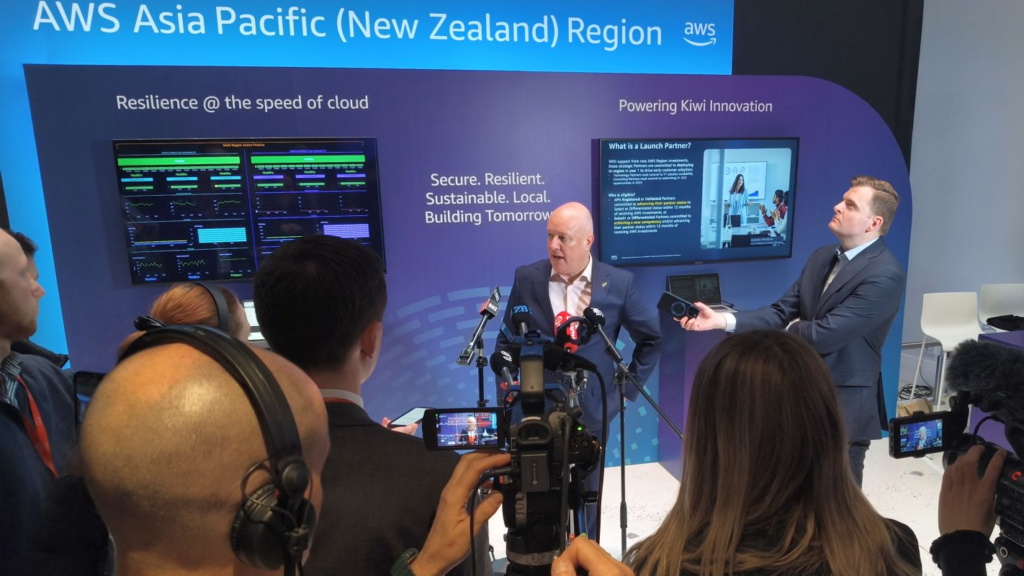The rapid advancement of AI is transforming industries. Today’s businesses need decision-making speed, operational resilience, and personalized experiences to maintain a competitive advantage. They also need to meet changing consumer and enterprise expectations for acceptable performance. Proximity-based AI infrastructure at the edge is essential for meeting these rising standards. The AI landscape is evolving, from training AI models in centralized locations to a more distributed paradigm that includes workload inference at the edge. It’s due in part to the rise of agentic AI inference, which makes decisions at the edge and relies on low latency. Newer AI models are more specialized and smaller, making training possible at the edge. Businesses are using these specialized domain-specific models because they’re a better fit for use with specific industries, functions, and proprietary datasets. All these factors make the edge a more strategic compute location, given its proximity to where data is generated, stored, and processed. Where is your primary edge? Businesses need to rethink where their edge is. In fact, there are multiple edges where a business might choose to perform AI inference. The metro edge is gaining traction as a crucial location for AI inference workloads because it offers the best balance of low latency, data privacy, and cost efficiency. Choosing the metro edge involves moving inference data to a different facility, such as a colocation data center, within the same concentrated geographical area as the data sources. This approach aggregates inference workloads in a single location with a typical latency of less than 10 milliseconds and removes the need for businesses to operate private infrastructure within their own facilities. Application types also influence the identification of primary edge locations, as the tolerance for latency varies. Machine-facing applications typically require high speed and low latency. With human-facing applications, a few extra milliseconds of delay wouldn’t even register. A radiologist searching for medical records doesn’t need an immediate response, but a self-driving car trying to avoid pedestrians does. Industry-specific requirements, such as where data is generated and processed and how data sources are accessed, also determine the location of a company’s edge(s). Businesses may need to meet edge latency requirements for a variety of functions: Logistics companies: Track deliveries, manage delivery routing, streamline warehouse operations, and monitor and ensure cargo security. Content delivery companies: Provide real-time, customized recommendations and ensure low-latency streaming, lag-free gaming, and immersive AR/VR experiences. Smart cities: Use real-time video analytics and sensor data processing for traffic management, crime detection, and emergency response. Healthcare organizations: Ensure continuous monitoring, seamless remote robotics surgeries, and rapid data analysis for faster diagnostics and personalized treatment. Use cases at the edge will continue to evolve and grow, requiring businesses to design for both today and tomorrow. Data placement choices impact cost and compliance Where businesses choose to run AI workloads and store data affects egress fees and cost structures (OPEX versus CAPEX). It also impacts performance, latency, and network infrastructure requirements. The volume of data generated daily at the edge can quickly add up. For instance: Smart factory: 1 petabyte Airplane: 4 terabytes Autonomous car: 3 terabytes Moving that data to a centralized location for AI inference significantly impacts latency, cost, and bandwidth, making edge the obvious choice. Additionally, data protection and privacy laws are now in effect in 144 countries, with more on the way. Some regulations are complex and require careful consideration of where to store data. For instance, you can’t store data collected in Germany on an AWS cloud in the U.S.; it must stay in Germany. It’s one reason you need a distributed infrastructure for AI. Raising the bar on AI innovation at the edge Let’s explore two examples of companies innovating with AI at the edge and deploying AI infrastructure for real-time collaboration and high-speed connectivity with customers and partners. Nanyang Biologics, a biotech startup specializing in AI-driven drug discovery, leveraged Equinix Fabric® software-defined interconnection for edge computing to enable real-time collaboration with research partners. Doing so increased speed and accuracy at a lower cost. Alembic is a marketing intelligence SaaS company that provides customers with data-driven insights into their marketing activities, enabling them to optimize spending and improve sales funnel movement. They positioned an AI infrastructure stack closer to customers to enable high-performance inference at the edge. Alembic also leveraged Equinix’s ecosystem of network service providers (NSPs) and Equinix Fabric for high-speed connectivity to its customers and partners, ultimately delivering a higher-performance product. Other industries innovating with AI at the edge include: Financial services for trading strategy and fraud detection. Media and entertainment for digital content creation and game development. Autonomous vehicles for pedestrian and traffic sign detection, and lane tracking. Robotics for manufacturing, construction, and navigation. 4 steps to prioritize proximity at the edge Transitioning to a proximity-first infrastructure strategy requires a deliberate, integrated approach. We recommend working your way through these steps to create your roadmap. First, audit your current AI infrastructure. You’ll want to map data flows and identify performance bottlenecks caused by latency. Next, define your edge requirements: Assess the demands of real-time applications, including latency, bandwidth, and compliance. You’ll also want to review your company’s requirements for high-performance connectivity, compute, and data storage. Now you’re ready to design a flexible, multicloud and multi-provider data strategy that enables you to distribute workloads intelligently to create the right balance between edge and centralized infrastructures, and to deploy country-specific or region-specific infrastructure for compliance. Finally, leverage interconnected, neutral AI partner ecosystems to access the vast range of partners required to support AI workloads. Implement your AI infrastructure at the edge Distributed infrastructure helps companies accelerate AI innovation and future-proof their AI strategies. While we’ve focused on the edge in this blog, your AI infrastructure strategy needs to include a mix of cloud and edge infrastructure and a robust network to securely connect all your resources. Equinix AI data centers are strategically located in the world’s most connected markets to help enterprises future-proof their operations. Our global footprint spans 270+ interconnected colocation data centers in 76 metros worldwide, ensuring access to all the major cloud










